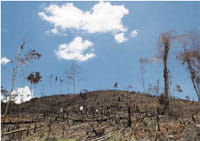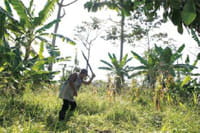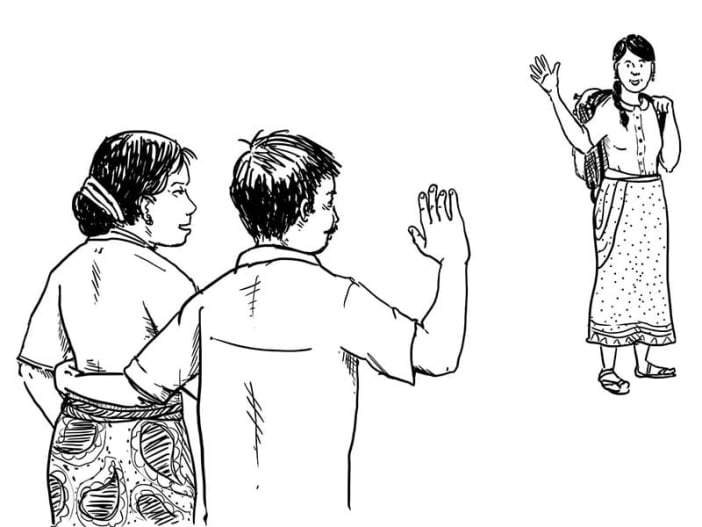The most common causes of migration in the Mesoamerican countries (the region stretching from southern Mexico to Costa Rica) are conflict and the degradation of the natural environment. In this article we consider both situations and the effect on the region of La Mosquitia in north-east Honduras.
Migration caused by conflict in the region
Civil wars in the 1970s and 1980s in the countries bordering Honduras, such as Guatemala, El Salvador and Nicaragua, forced the migration of several people groups into Honduras. The refugees who crossed the border from Nicaragua into the region of La Mosquitia belonged to the indigenous Miskito and Sumu Mayangna peoples. These people groups share cultural, ethnic and historical links with both countries. As a result, the refugees were initially welcomed into the communities and homes of the Honduran Miskitos. Soon, however, the number of refugees was so large that the Honduran Miskitos could no longer continue to take care of them.
The Nicaraguan refugees later received support from the United Nations High Commissioner for Refugees (UNHCR) through the work of an organisation called World Relief. The refugees were gathered together in an assembly and distribution centre in the village of Mocoron. The population of the village grew from 200 to 30,000 people. UNHCR and World Relief provided support in the form of food, housing, water, sanitation and various types of technical assistance.
The refugees were free to live and farm as they wanted. Sadly, this had a severe environmental impact. The refugees began to use the natural resources without considering sustainability or good farming practices. Hundreds of hectares of forest were cut down. Many species of animals, birds and fish started to disappear as a result of over-hunting and the loss of their natural habitat.
The civil war in Nicaragua ended in 1990 and the Nicaraguan refugees began to return to their country. Over the following years, the forest grew back in the areas that had been deforested and then abandoned by the refugees. Animals, birds and fish returned to the area.










